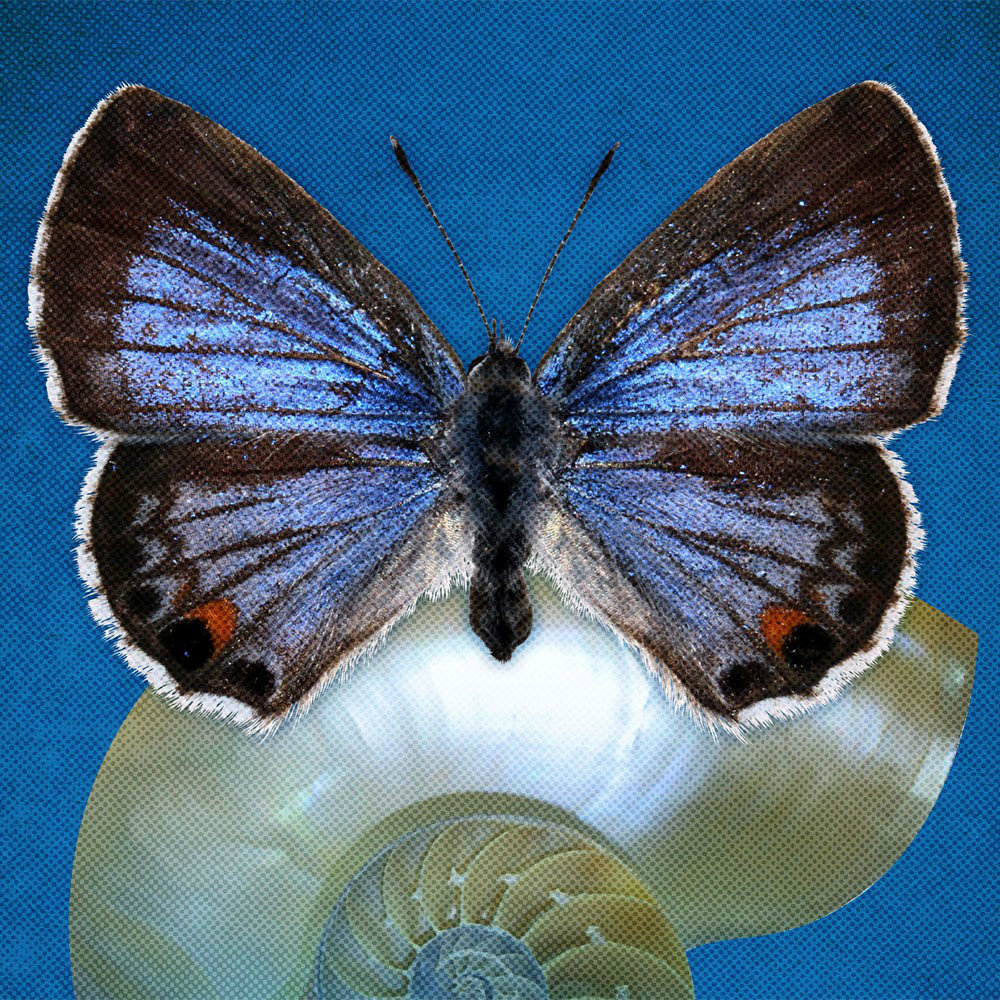
The research of Jaret Daniels, UF assistant professor of entomology and a Florida Museum of Natural History expert on endangered butterfly conservation, is featured in this recent edition of Gatorbytes.
On a balmy day in early June, Jaret Daniels drove from Gainesville to Florida City in an aging Ford Fiesta with a backseat full of hope.
Packed into a lime-green cooler barely bigger than a lunch bucket were twelve living examples of one of the world’s rarest butterflies, tucked into individual translucent waxed paper envelopes to keep their fragile wings motionless and safe.
A bigger cooler held clear plastic cups, each with a wooden tongue depressor propped inside. Each stick supported a dust-colored pupa, resembling the dry leaf that nature had designed it to mimic.
Also in the backseat, inside a nylon mesh flight cage, were more pupae nearing the end of their transformation from caterpillar to butterfly. Their wing cases were turning transparent as glass, revealing a vivid pattern: the black of the night sky streaked with sunset colors of yellow, orange, and blue.
Two big butterflies were in the process of eclosing, the word lepidopterists use to describe butterflies’ emergence into the world—or in this case, into their temporary habitat in Daniels’ back seat.
The flight cage was there to give the butterflies room to stretch and form their brand-new wings. Still, at least once on the southbound drive, Daniels had to pull into a Florida Turnpike rest stop to park, pluck a butterfly out of a tight corner where its wings couldn’t fully open, and place it on a better perch within the net enclosure.
The first hour when the wings take shape is crucial to the insects’ survival. And when you are working with the only human-reared population of the critically endangered Schaus’ swallowtail butterfly—a creature so elegant it has graced a U.S. postage stamp and so rare that in 2012 a thorough search turned up only four of them, all on a single island in Biscayne National Park—care is warranted.
“I’m dealing with precious things,” said Daniels, a University of Florida assistant professor of entomology and a Florida Museum of Natural History expert on endangered butterfly conservation. “I’m the only person allowed to breed this endangered butterfly in captivity and handle it. I’m entrusted with their care, and I don’t take that lightly.”
Like the island chain it inhabits, the Schaus’ swallowtail butterfly is a living embodiment of the tropical Caribbean that strayed onto the North American mainland and made itself at home. This resilient creature has made it through two of the worst hurricanes on record, the Labor Day Hurricane of 1935 and Hurricane Andrew in 1992, and countless other storms. It has survived at least two recent population crashes and may now be making a human-assisted comeback.
But like most creatures that exist only on low-lying islands, the Schaus’ swallowtail is in danger of losing its habitat to rising seas. And there’s another peril: if rainfall patterns change in Southeast Florida, the spurt of early rainy season plant growth that sustains each new generation of caterpillars may come too late or not at all.
If those biological cues are mistimed too many years in a row, the butterfly could disappear for good.
To read more of the story, go to http://www.upf.com/book.asp?id=DEWAR008 and download the complete text, available from University Press for $14.95.
The stories chronicled in GATORBYTES span all colleges and units across the UF campus. They detail the far-reaching impact of UF’s research, technologies, and innovations—and the UF faculty members dedicated to them. Gatorbytes describe how UF is continuing to build on its strengths and extend the reach of its efforts so that it can help even more people in even more places.
Gatorbytes is available from University Press of Florida [URL: www.upf.com] and can be found wherever books and ebooks are sold.